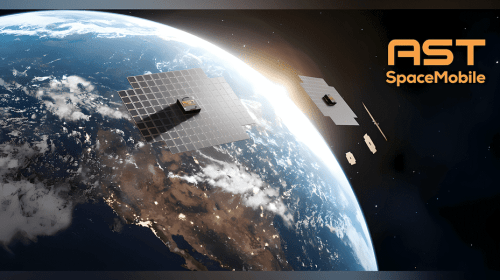The governments of Singapore and China have signed their first partnership agreement to collaborate on space and satellite technology.
Singapore, China collaborating on space technology
The governments of Singapore and China have signed their first partnership agreement to collaborate on space and satellite technology.
Singapore’s Centre for Remote Imaging, Sensing and Processing (CRISP) at the National University of Singapore and China’s Centre for Resources Satellite Data and Application (CRESDA) are now working together.
As part of the agreement, CRISP will receive data at its main station in Southeast Asia from the joint China-Brazil Earth Resource Satellites (CBERS).
“This agreement marks a promising start for more partnerships between Singapore and other international players in this field. We will continue to build on these connections to support the growth of the global satellite industry,” said S. Iswaran, Singapore’s second minister for trade and industry.
Professor Wang Bing, deputy director for CRESDA, says the satellite data will help Southeast Asian countries. “It will be helpful to monitor land resources, monitor and manage disasters, project crop yield and assess forest areas,” he said.
China’s efforts in space have been slowly evolving. Over the past decade, China has launched a spacecraft that mapped the moon, conducted a lunar rover mission and orbited and visited a space station. China is building a new launch site on Hainan Island.
Singapore sees space as a new field of opportunity.
“Satellites are actually just computers with radios and solar panels. They’re just like any computer. A lot of the key components are electronics and precision-manufactured parts. So these are all things Singapore already has over the years in our experience making semiconductors, in making consumer electronics, in making hand phones and parts,” said Yi-Hsen Gian, chief information officer of the Singapore Economic Development Board.





